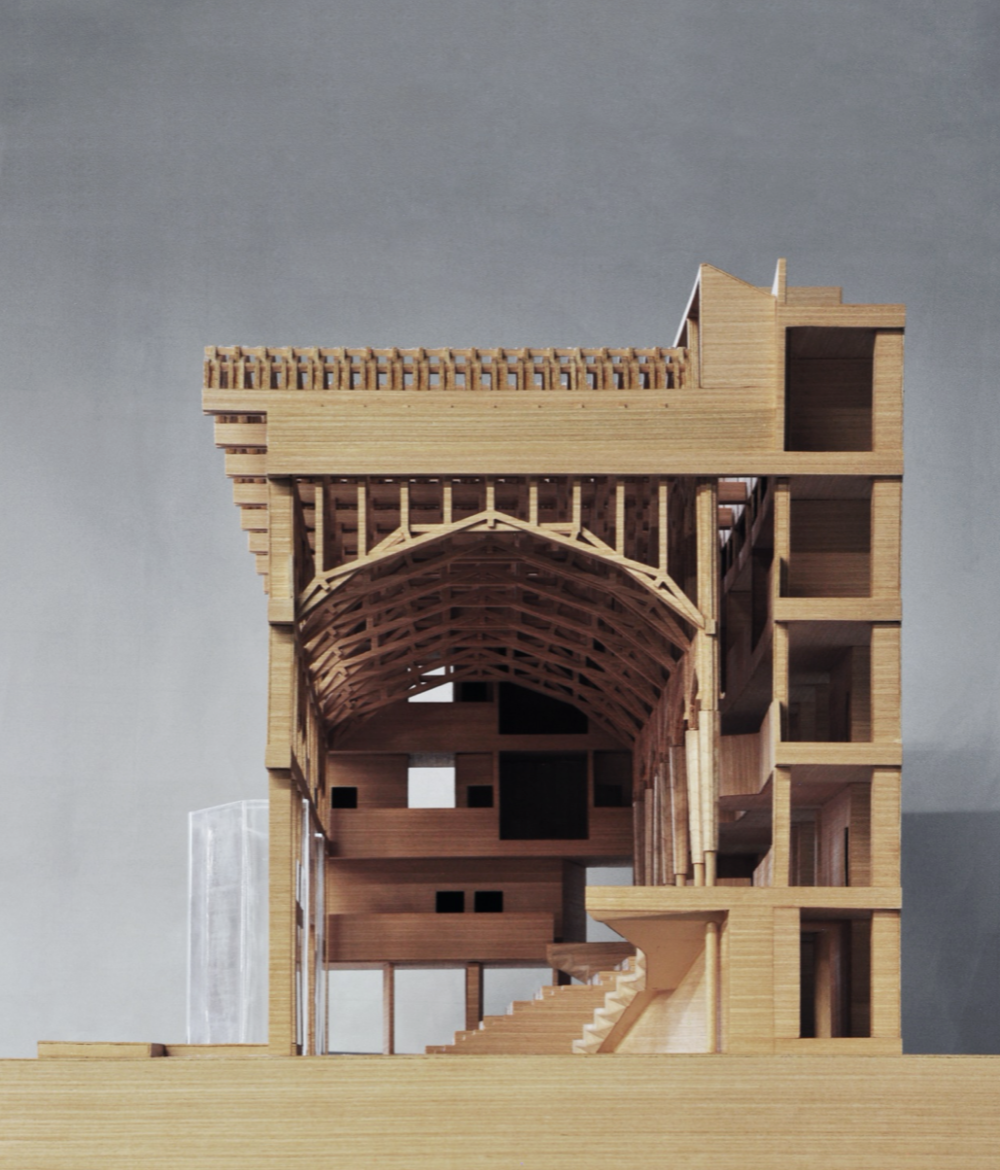

RIBA Hello China: Digital Talks Series
#Talk 5
Vitruvius’ Courtyard, Confucius’ Courtyard, and a Developing Story

Xing RUAN 阮昕
PhD, is Founding Dean and Guangqi Chair Professor of Architecture at School of Design, Shanghai Jiao Tong University. He is a member of Shanghai Jiao Tong University Academic Committee. Xing joined UNSW Sydney as Professor of Architecture in 2004. He was Associate Dean International (2015-18) and was Director of Architecture (2014-16), Chair of Architecture Discipline and Director of Master of Architecture from (2005-09). Prior to his appointment to UNSW, he was Head of School of Architecture at the University of Technology Sydney (2002-04). In 2019, he was the curator of Shanghai Urban Space Art Season biennale. Xing has maintained an architectural practice in both Australia and China.
Xing has published on a cultural history of housing, architecture and anthropology, vernacular architecture, architectural education, Louis Kahn and modern architecture, China’s pre-modern, modern and contemporary architecture, as well as Australian contemporary architecture. The titles of his books include: Fusheng Jianzhu [ Floating Life and Architecture 浮生·建筑] , 2020 ; Allegorical Architecture , 2006 ; New China Architecture , 2006 ; Hand and Mind , 2018 ; Topophilia and Topophobia, 2007. His books have received critical acclaim and enthusiastic appraisal both in academic journals and from some mainstream media outlets around the world.
Xing’s essays have appeared in leading academic and literary journals, such as JSAH (Journal of the Society of Architectural Historians), Jianzhu xuebao [Architectural Journal 建筑学报], Jianzhu shi [The Architect 建筑师] and Wenhui Xueren of Wenhui Ribao [Wenhui Scholar of Wenhui Daily 文汇学人, 文汇日报]. Xing is co-editor, with Ronald Knapp, of the book series Spatial Habitus: Making and Meaning in Asia’s Architecture published by the University of Hawai’i Press, with published titles encompassing China, Japan, Korea, India and the Middle East. He has also contributed, as a critic, to professional architecture journals in Australia and China.
Xing teaches architectural design, history and theory. He has been invited to give keynote and public lectures at conferences and universities in China, South-East Asia, India, USA, the UK, Italy, New Zealand, Argentina and Australia. He also serves as a supervisor for PhD and Master’s research degrees.

Section model, School of Design, Shanghai Jiao Tong University.
Design:Xing RUAN Studio
Photo: ZHANG Yifan
【Abstract】
From approximately 1000 BCE through to 500 BCE, the Chinese decided to abandon their subterranean huts to live in courtyard houses. At about the same time, the clever mortals on the shores of the Mediterranean Sea, too, built courtyard houses. But neither Vitruvius nor Confucius offer any explanation of the “heavenly house on earth”. Instead, Vitruvius speaks about the public character of the domus atrium and the owner’s civic duty, whilst Confucius teaches the meaning of societal decorum and morality through courtyard living. The Greek and Roman domus did not last for too long; the Chinese, to the bewilderment of others, continued to live in the courtyard house for more than 3000 years. A great divergence between the West and the East occurred, and the rest is history. Is there any need for striking a connection between these cultures in our time when distrust between the West and the Chinese is becoming seemingly unbridgeable? Through a modest venture – the building project of the Shanghai Jiao Tong School of Design, I have embarked upon a developing story.
